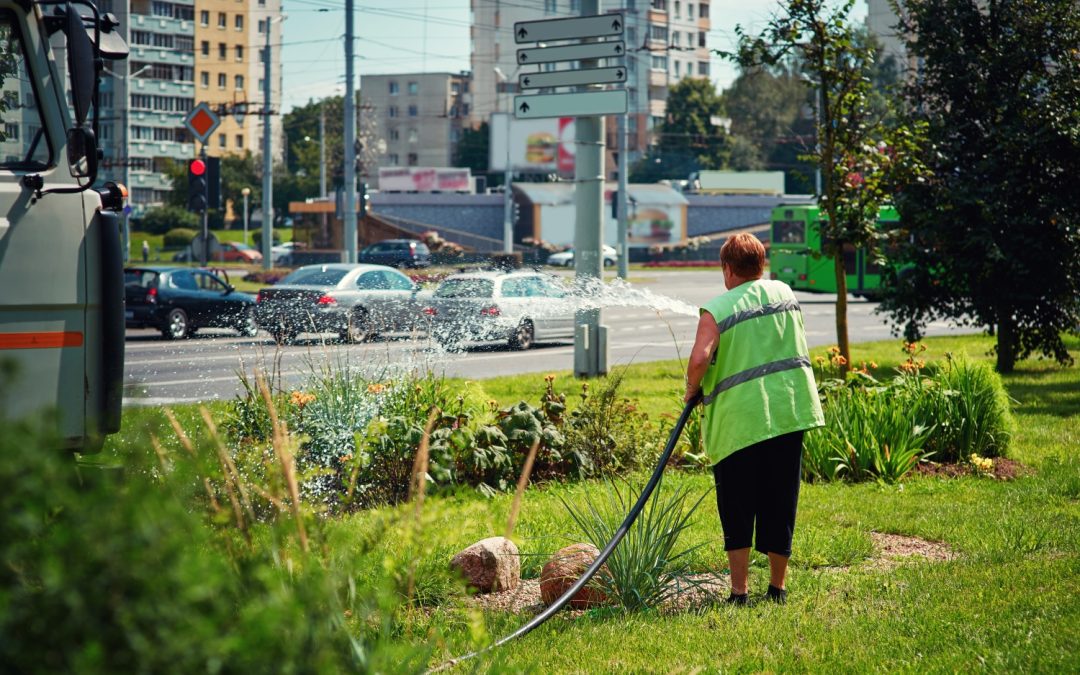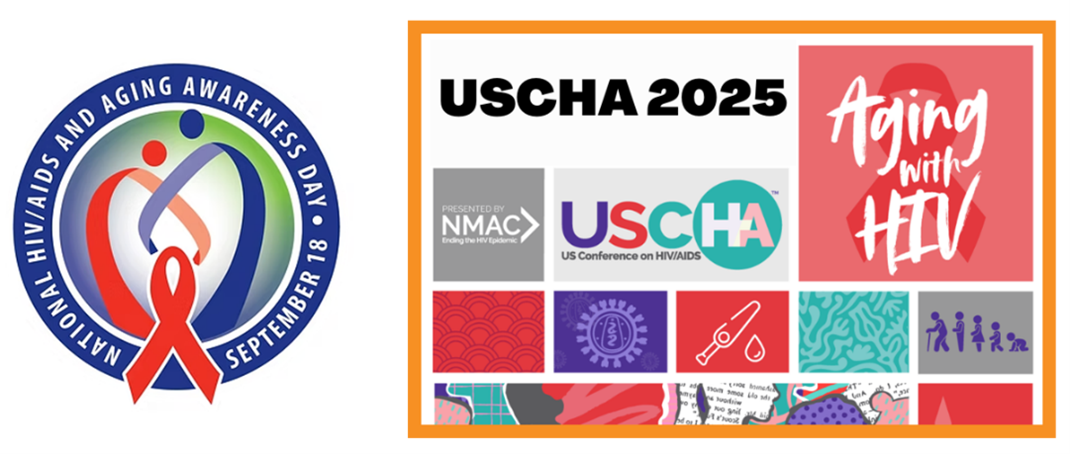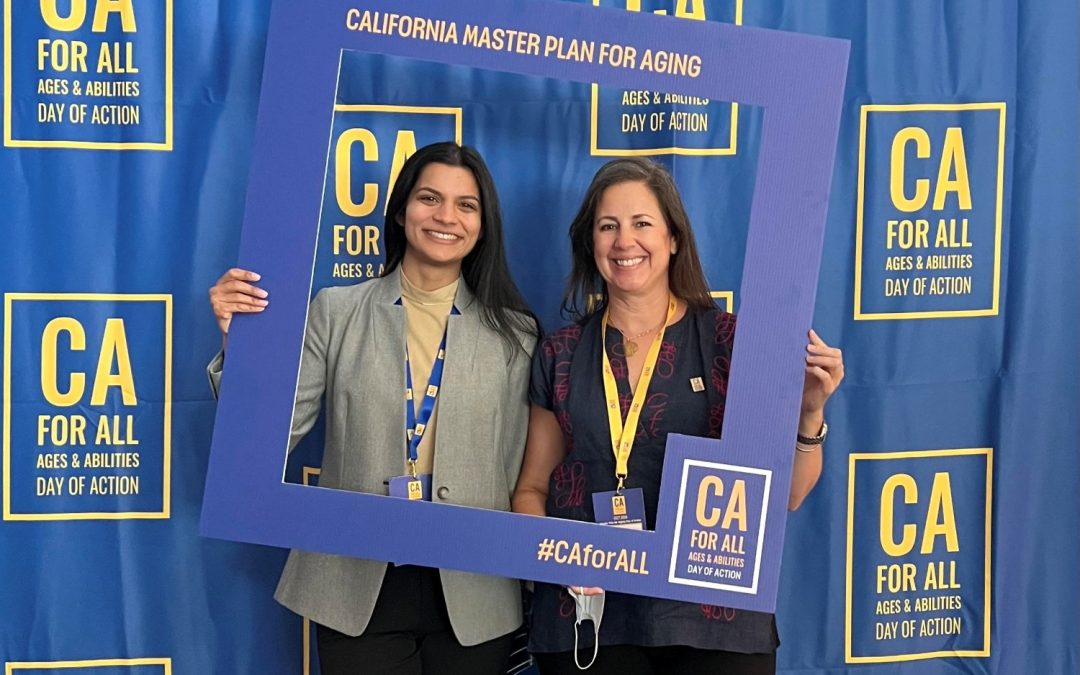What lower-income workers and retirees need to know.


What lower-income workers and retirees need to know.

As temperatures rise and our labor force ages, protecting workers from extreme heat on the job becomes crucial.

Disparities in natural disaster displacement among older Americans and their impact on well-being.

A new book proves, via extensive interviews and research, how other countries outdo the U.S. in social networking, and how we might follow suit.

A Nov. 5 deadline looms for CMS program applications to make rural America healthy again via prevention, access, tech and workforce development.

When good intentions meet structural limitations.

We need to bring everyone into the circle, creating environments where people of all ages and backgrounds have a sense of belonging.

The On Aging theme of belonging should be the core of aging services and advocacy.

Increased life expectancy, longevity medicine, potential limits on childbirths, what could it all mean?

While we obsess over fat bears for fun, let’s lend some compassion to older people struggling with obesity and take action on the TROA bill.

‘When aging services, health systems and community-based organizations collaborate, older adults with HIV can thrive.’

Offering a holistic and proactive approach to aging that grows the longevity dividend, unlocking untapped human potential and economic productivity.

What does it mean to live more years cognitively healthy, and how might we get there?

AI researchers need deep thinking to truly address social isolation.

The science behind brain health is clear, and the steps are actionable, inexpensive and personally empowering.

Cognitive health is an economic imperative.

The Trump Administration’s MAHA Strategy provides an opportunity to address older adults within each of the MAHA pillars.

Pushback from Congress claims that profits will come at the expense of Original Medicare patients’ access to care.

How older adults can support their cognitive health with nutrition.

At UCSF’s Social Connections and Aging Lab, work is afoot to enhance awareness of social isolation and loneliness and cooperate with community groups to foster connection.